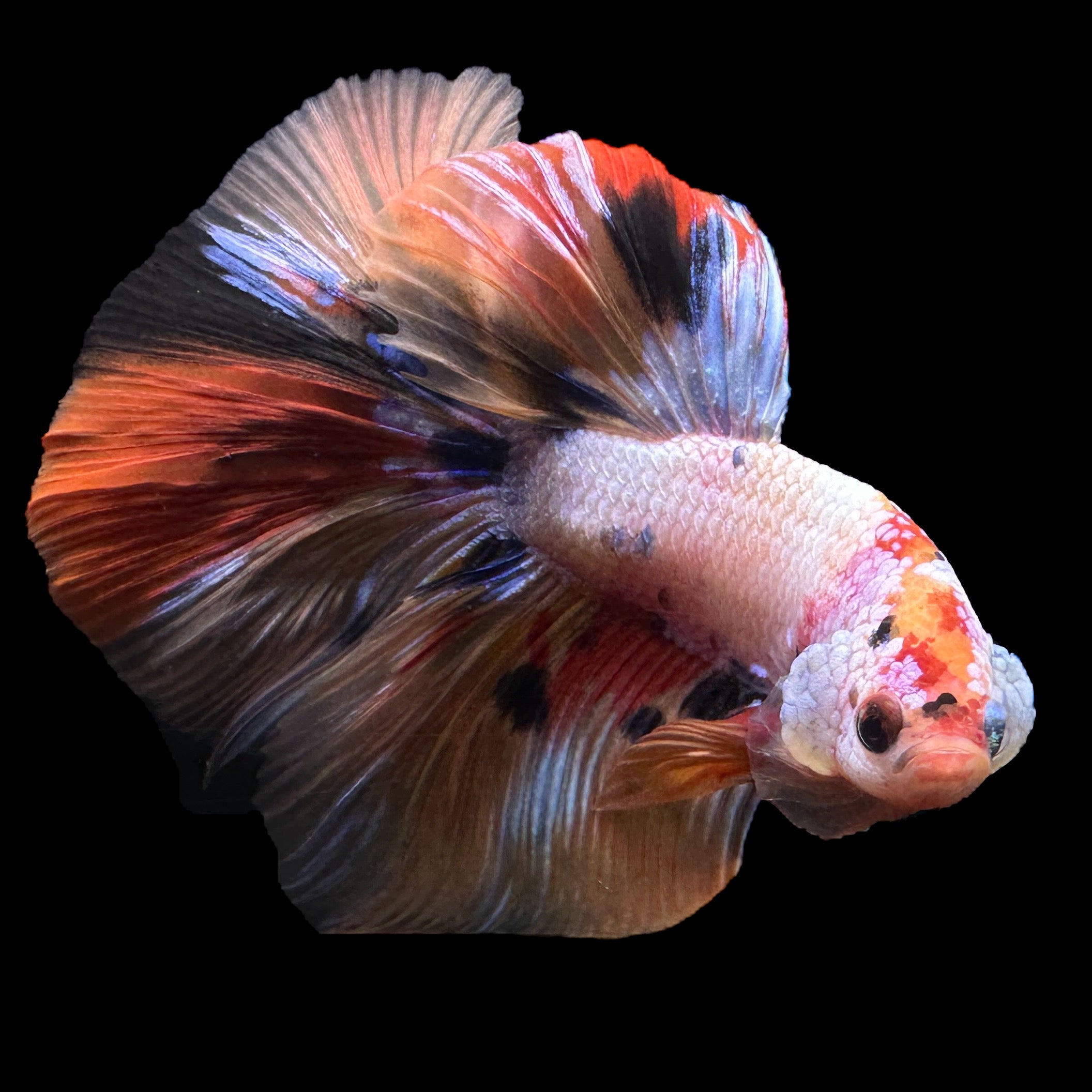Betta Fish Diet Plan: What to Feed Your Betta for Ideal Health And Wellness
Betta Fish Diet Plan: What to Feed Your Betta for Ideal Health And Wellness
Blog Article
Just How to Breed Betta Fish Successfully: Professional Strategies and Insights for Hobbyists Seeking To Expand Their Betta Collection
Reproducing Betta fish needs a nuanced understanding of genetics and ecological conditions, making it necessary for enthusiasts to approach the process with both persistance and care. Creating an optimum reproduction environment, choosing the right pairs, and observing the details of their courtship behaviors are foundational actions that can significantly affect the result. The succeeding treatment of the fry is vital for guaranteeing their healthy and balanced growth. As we explore these crucial components, it ends up being clear that effective breeding is not almost the first pairing however incorporates a broader method that values careful consideration.
Understanding Betta Fish Genes
Recognizing the genetics of Betta fish is crucial for successful reproduction, as it affects attributes such as shade, fin shape, and behavior. Betta fish exhibit a varied selection of shades and patterns, mainly established by their hereditary make-up.
Along with coloration, fin morphology is an additional substantial element of Betta genetics (betta fish). The sizes and shape of fins are influenced by various genetics, consisting of those that figure out whether the fins are brief, long, or veil-shaped. Recognizing these genetic variations aids dog breeders predict the phenotypic outcomes of their spawn
Additionally, behavioral attributes such as aggressiveness and territoriality can likewise be affected by genetics. These behaviors play an important duty in the breeding procedure, as they can affect spawning success and the general personality of the resulting fry. By comprehensively understanding these genetic concepts, breeders can make educated choices, ultimately enhancing their reproduction programs and attaining desirable outcomes.
Preparing the Breeding Environment
Developing an ideal breeding environment is vital for the effective reproduction of Betta fish. The very first step in preparing this atmosphere is to select an appropriate breeding tank, preferably ranging from 5 to 10 gallons.
Next, take into consideration making use of a sponge filter or an air rock to provide mild water flow without creating strong currents that can stress the fish. It is necessary to mount plants or reproducing cones to offer hiding areas and advertise convenience for the lady during the spawning procedure. Drifting plants, such as Java moss or water sprite, can also create an extra natural surroundings while facilitating bubble nest building by the male.
Prior to introducing the reproducing pairs, make sure the water is conditioned and free from damaging chemicals, such as chlorine or heavy steels. betta fish. Regular water modifications ought to be conducted to preserve optimal water high quality, boosting the opportunities of effective breeding. With these preparations in position, the reproducing environment will support the health and wellness of both Betta fish
Choosing Breeding Pairs
Picking the ideal reproduction sets is critical for attaining successful Betta fish reproduction. Healthy Betta fish exhibit dynamic colors, clear eyes, and energetic behavior.
Personality is one more important consideration, as Betta fish are recognized for their aggressive nature. It is advisable to select a man and woman that exhibit suitable temperaments to lessen stress and anxiety during the reproducing process. A tranquil man can encourage a smoother courtship, while a lady that is too hostile might interfere with the process.
Hereditary history additionally plays a significant role in the high quality of the spawn. Reproducing fish that are genetically diverse can decrease the threat of hereditary wellness issues and improve the general vigor of the fry. It is helpful to research the lineage of both the man and female, concentrating on preferable qualities such as fin type, shade patterns, and Discover More dimension.
The Reproduction Process
The reproduction process of Betta fish calls for careful planning and interest to detail to make sure an effective outcome. At first, it is essential to prepare an appropriate reproduction container, preferably a 5-10 gallon fish tank with a temperature maintained at 78-80 ° F. The storage tank must be outfitted with a heating unit, filter (ideally sponge kind to avoid solid currents), and plenty of marine plants for the female to conceal.
As soon as the setting is set, introduce the selected breeding pair to the storage tank, enabling them to acclimate. Observe their actions; the man will certainly present elaborate courtship rituals, consisting of flaring his fins and constructing a bubble nest. If the lady reveals rate of interest, she will certainly present upright red stripes indicating preparedness for spawning.
When the woman is receptive, the pair will certainly engage in a mating embrace, throughout which the male fertilizes the eggs. Keeping ideal water conditions throughout this duration is vital for the development of healthy Betta fry.
Caring for Betta Fry

Feeding Betta fry is important, as they require a diet regimen high in healthy protein. They can be fed infusoria or liquid fry food, transitioning to carefully smashed high-quality pellets as they expand. Feed small parts several times a day to urge healthy and balanced growth without straining the container with leftover food.

As they grow, monitor their development carefully and divide any type of aggressive people betta fish to stop injury. By offering a supporting atmosphere and appropriate nutrition, enthusiasts can successfully increase Betta fry right into lively, healthy and balanced fish, eventually boosting their breeding undertakings.
Conclusion
Effective Betta fish reproduction calls for precise focus to genetic selection, ecological problems, and look after the fry. By recognizing the genetics of Betta fish and preparing a proper reproduction environment, enthusiasts can enhance the opportunities of producing lively, healthy and balanced offspring. Choosing suitable breeding pairs and closely keeping an eye on the courtship and generating procedures are crucial. Supplying optimal treatment for the fry guarantees their healthy and balanced development, contributing to a successful Betta collection.
Report this page